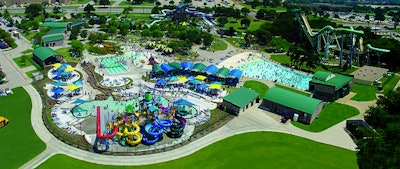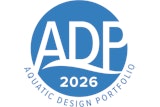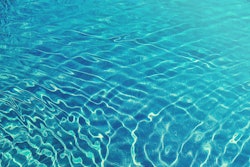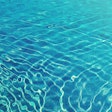
The past 20 years have seen massive changes in the recreation facility planning and design process. As an architect, it is my job to help devise solutions to this accelerated pace of change on a daily basis.
Consequently, I’ve noted several factors that influence the planning, design and eventual operation of today’s rec centers, and I’m exploring seven critical ones in this series of blog posts. Previously, I covered holistic planning and sharing space; this time, the focus is on financial self-sufficiency.
Funding new facilities used to involve defining the need for a recreation center, aquatic center or ice arena, and then deciding how best to meet that need regarding capital cost. Budgeting annual operating expenses was rarely even discussed in public, as a large subsidy (typically from a city’s general fund) was simply the expectation. Now, covering operating costs is a prevalent talking point from Day One among city managers, recreation directors, elected officials and the general public.
In fact, in recent years, state, county and municipal governments around the country have declared operational self-sufficiency a requirement of new recreation facility development. That mandate alone changes the premise of a facility program from only meeting needs to catering to those who are willing to pay more for specialized services.
Public perception is critical to how a new project is received, and if community officials can rally support by showing the wise allocation of funding and long-term strategies for operational success, support will likely increase exponentially.
Up-front business planning can determine what level of cost-recovery is appropriate for a given project and community. Complete self-sufficiency doesn’t necessarily need to be the ultimate goal. The sweet spot is often more in the 70 percent to 80 percent range and should be backed up with data that will assist in achieving public buy-in. We call this the “recapture rate.”
Our firm has numerous examples of centers that — as I like to say — are “first designed in Excel.” The financial model drives the spatial program long before there is any architectural context.
A good example of how this effort can pay off is the now 20-year-old NRH20 Family Water Park in North Richland Hills, Texas. This facility won an Athletic Business Facility of Merit Award in 1996 and is still considered a national benchmark for municipal aquatics because of a successful business plan that informed its unique 17-acre design.
The feasibility study and enterprise plan for this project was critical in establishing the political confidence and community support for the business model. Market research and comparison data helped determine appropriate operating budgets, economic impacts and pricing strategies.
Most importantly, all of that prep work provided valuable information that informed the design of the facility to include amenities and attractions necessary to achieve target revenue and attendance goals. In addition, the long-term viability of the facility and its marketability were addressed in the plan by including recommendations to create “sinking funds” — or reserve funds — earmarked to maintain, repair, replace and add attractions over time to maintain the park’s position in the marketplace and expand its revenue-producing capabilities.
“Success breeds success,” Jim Browne, the retired director of parks and recreation in North Richland Hills — who now serves as director of recreation business development and planning at Brinkley Sargent Wiginton — told me when I asked him specifically about the NRH20 project. “Applying proactive business planning principles to the design and the successful program and operations provided the political confidence and citizen support that was critical to the implementation of subsequent ‘revenue recapture’ quality-of-life facilities such as the nationally recognized Richland Tennis Center and the NRH Centre. Minimizing operational subsidies for these three flagship facilities allowed the city to invest more funding in the development of its NRPA National Gold Medal-recognized park system.”
The NRH20 model can be applied to any type of rec facility. The key is designing spaces that are flexible enough to accommodate multiple uses and respond to the rapid and ever-changing nature of patrons’ leisure activity interests.
For example, designing a facility with expensive specialized areas such as pottery kilns or kitchens, or large chunks of potentially often-unused space for a racquetball court, must be reconsidered in light of not only their appeal to the general population but also their revenue potential. And pricey program spaces that do survive this financial culling must be designed, constructed and equipped with sensitivity to energy use to help minimize initial costs and ongoing maintenance expenses. Those spaces also should be scheduled and programmed to achieve maximum revenue potential.
Keep in mind that designing for self-sufficiency or higher cost-recovery levels doesn’t have to neglect “social equity” commitments. Financial assistance opportunities can be an important part of a facility or park system’s revenue policy to make sure personal finances are not a barrier to use and participation.
You can still design to a higher standard of cost recovery without compromising philosophical standards relating to social equity or financial ability to participate.
Stephen Springs is a senior principal at Brinkley Sargent Wiginton Architects, a Texas-based firm specializing in public architecture with offices in Dallas, Waco and Austin. He is a former parks commissioner and has more than 20 years of experience in public recreation and aquatic design.





































